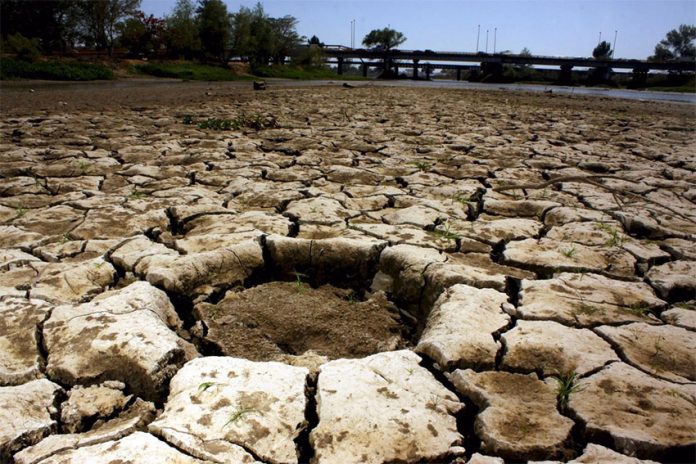More than four-fifths of Mexico’s territory is currently in drought, according to the National Water Commission (Conagua), a situation that poses a significant threat to farmers’ capacity to produce food.
The percentage of territory experiencing drought conditions increased to 82.9% from 80.4% over the past two weeks, Conagua said in a new report. About 60% of Mexico’s approximately 2,500 municipalities are currently in drought.
National Meteorological Service (SMN) chief Jorge Zavala said that the area of land considered in drought in Durango, Sinaloa, Chiapas and Veracruz has recently increased.
He said that the northeast of Mexico, which includes the states of Tamaulipas and Nuevo León, is the nation’s worst affected area, with 39.3% of its territory in severe drought and 1.7% facing exceptional drought conditions.
Several municipalities in Chihuahua and Sonora are also facing the latter, while the drought in the Cutzamala River basin area, which includes parts of México state and Michoacán, worsened considerably in the second half of February. Two-thirds of the basin is now in severe drought and one-third is in moderate drought, according to the SMN.

Zavala said there has been 25.3% less rainfall so far this year compared to the average for the same period between 1981 and 2010.
Conagua official Luis Antonio Aguilar Meza said in late February that 83 of Mexico’s 210 most important dams were less than 50% full and that only three were at 100% capacity.
Martín Jiménez, a member of the Mexican Hydraulic Association, said in an interview that Mexico has endured droughts for centuries but their severity and the area of territory they affect have increased over the past decade.
He said agriculture and industry are both affected by the lack of water and that access to drinking water is also a concern.
“The main thing that should interest us is the reduction of potable water. We have to remember that Mexico is on the same latitude as the Sahara Desert. Because of this geographic condition [Mexico] tends to be barren and has arid areas,” Jiménez said.
María Emilia Beyer, a National Autonomous University (UNAM) biologist, said that drought has made it very difficult for farmers in some regions to maintain their capacity to provide sufficient food for themselves, their families and their local communities. She cited farming areas near Hermosillo, Sonora, and Juchitán, Oaxaca, as examples.
“Large farmers can bring in water from elsewhere and make certain adjustments but campesinos … don’t have the capacity to do that,” Beyer said.
She said that a growing global population and climate change will make drought a more frequent occurrence in many parts of the world, adding that the lack of water could trigger international disputes. Beyer also noted that there are already “climate migrants” who have left their homes to escape oppressive drought conditions.
Adrián Pedrozo, head of the UNAM hydrological observatory, a project that monitors rainfall and water storage in Mexico, said that droughts are not necessarily catastrophic phenomena but acknowledged that they are “stressful.”
He said that the measures to prevent and respond to droughts can be split into two different categories. There has to efficient use of water in homes, agriculture and industry and policies to promote that, while Mexico also needs more infrastructure to store water and transport it effectively to its final destination, Pedrozo said.
The construction of new dams, water storage systems and wastewater treatment plants can help to prevent and alleviate drought, he said.
“… We have to speak with biologists, meteorologists, geophysicists and other scientists [to find solutions to the drought problem]. It won’t be easy because each [profession] has its own view but it’s something that we need to do because if we don’t the future will catch up with us,” Pedrozo said.
